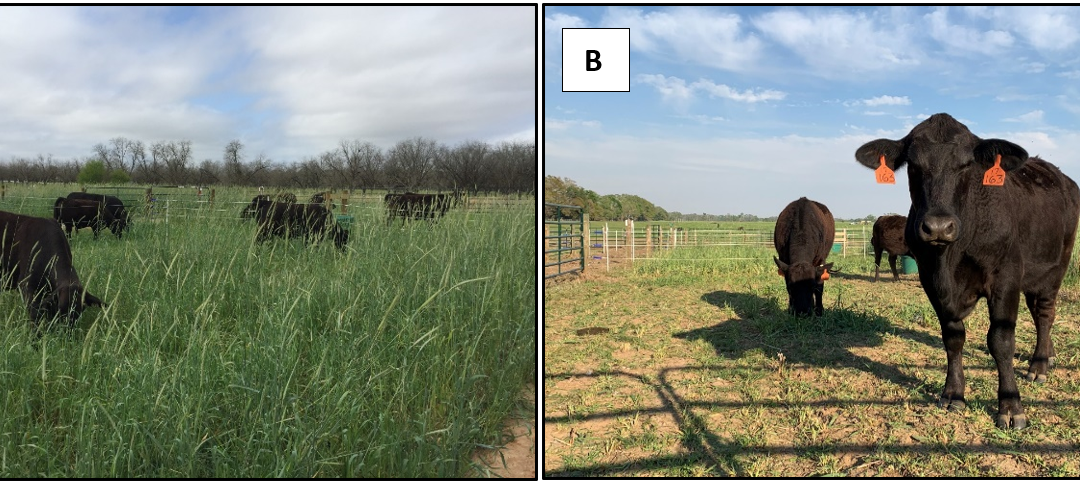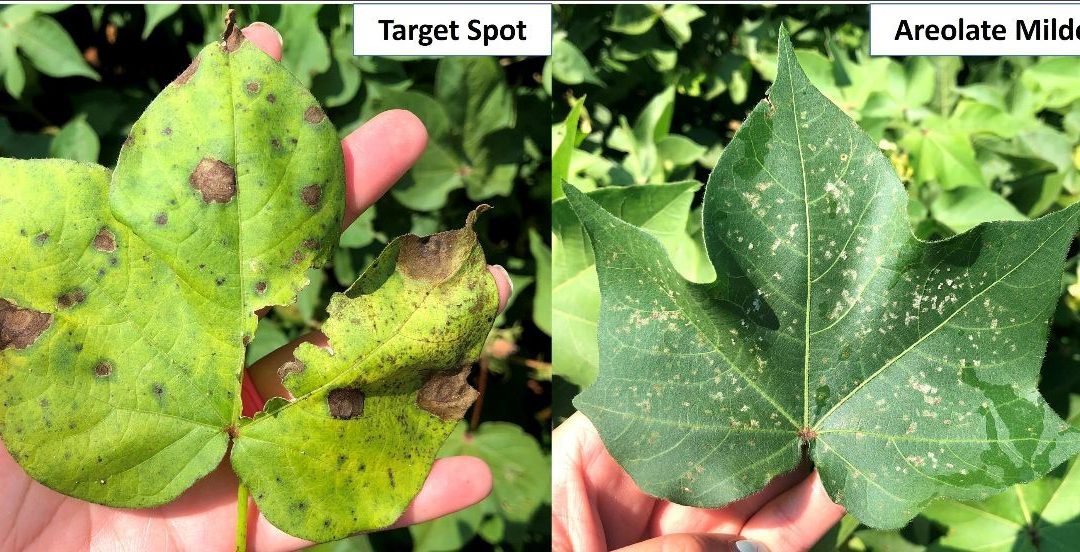
by external | Aug 19, 2022
Source: Dr. Amanda Scherer, Extension Plant Pathologist for the August 17th edition of Cotton Shorts High humidity and temperatures along with vigorous canopy growth will favor prolonged periods of leaf wetness in crops and drive disease pressure across Alabama...
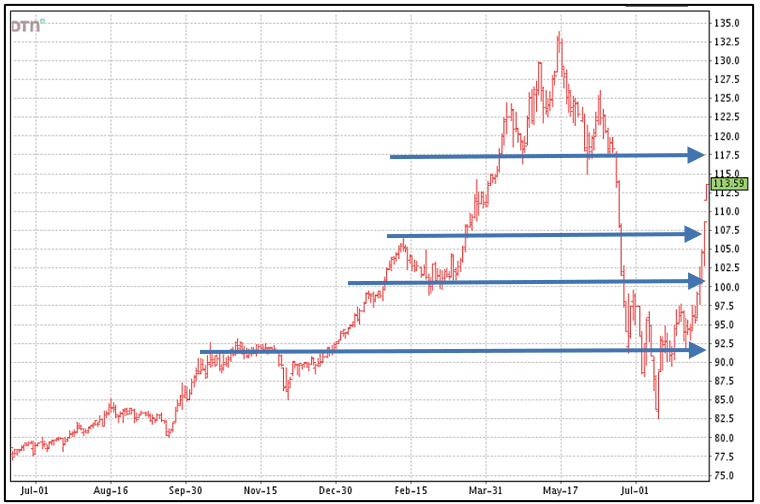
by external | Aug 19, 2022
Don Shurley, UGA Professor Emeritus of Cotton Economics Ten days ago, my headline said “Prices Should Begin to Find Direction Soon”. Direction has now been realized as prices have gained significantly—giving growers new hope after we were in the upper 80’s just a few...

by Doug Mayo | Aug 19, 2022
This week’s trio of featured videos share highlights from the 2022 UF/IFAS Peanut Field Day. The first video was created by the Panhandle Ag Extension Team to introduce each presenter who shared a brief overview of the information they presented on the field...
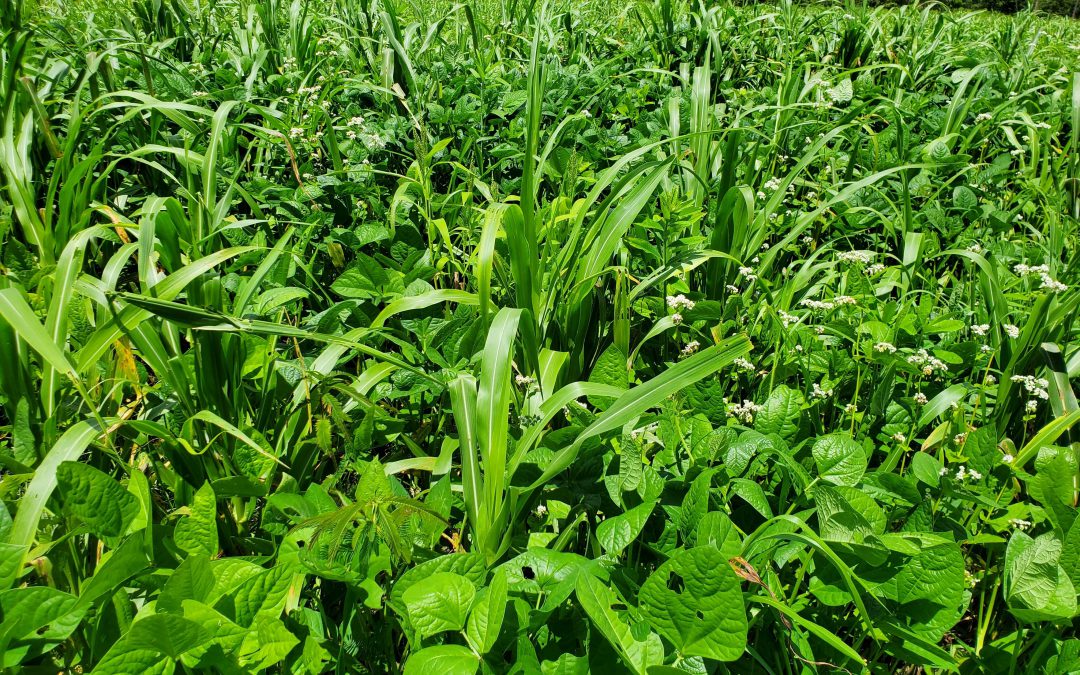
by Daniel J. Leonard | Aug 12, 2022
Many Panhandle hunters and wildlife enthusiasts put a good bit of time, money, and sweat into growing cool-season food plots to feed and attract deer. I count myself among you. However, if you want to maximize your property’s wildlife and environmental benefits,...
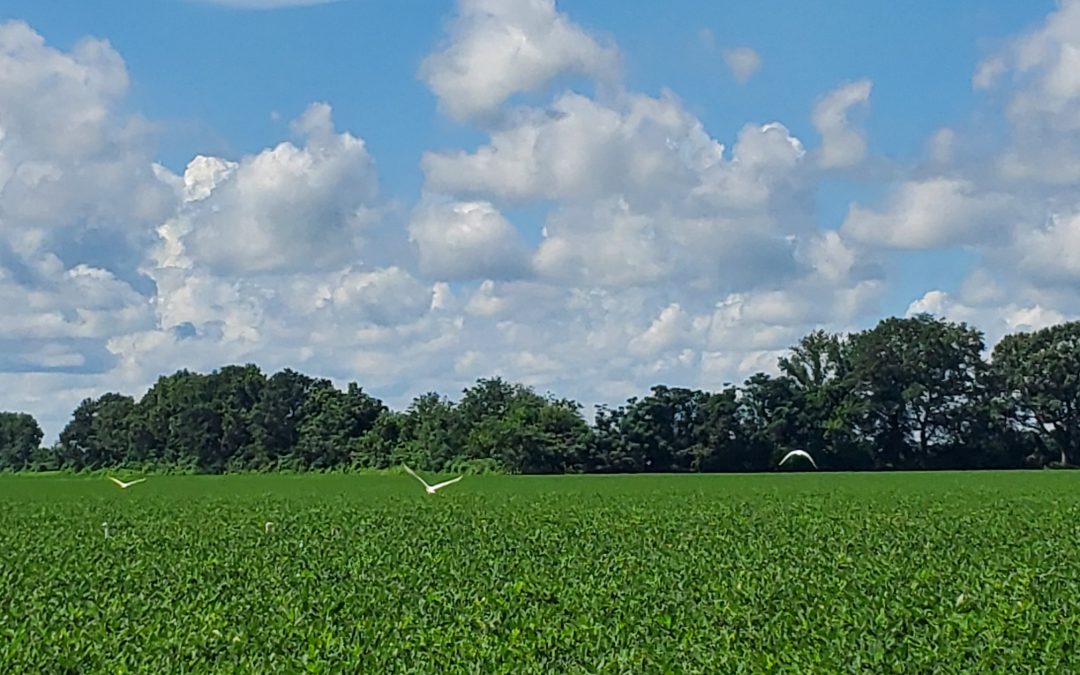
by Libbie Johnson | Aug 12, 2022
It’s early August, and the peanuts are looking pretty in Santa Rosa County from all the rain we’ve received. Driving around last Friday, I stopped in a peanut field to visit with a grower about TSWV, and we noticed a lot of birds in the field.Cow...




